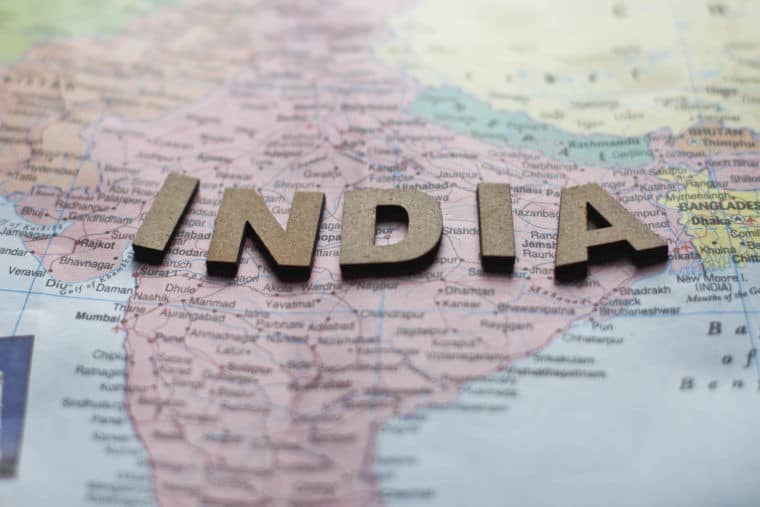Looking ahead – A roadmap for India’s GST
India's Goods and Services Tax has a number of challenges to overcome before it becomes formally ratified in April 2017. We look at the roadmap for the Bill in the coming months.

The Constitution (122nd Amendment) Bill, 2014 (the ‘Bill’) paving the way for the implementation of the unified goods and services tax regime (the ‘GST’) was passed by the Rajya Sabha on 3rd August 2016, with amendments re-tabled and passed by the Lok Sabha on 8 August 2016.
The Bill now has to be ratified by the legislatures of not less than one-half of the states before the Bill is presented to the President for assent. A report from INDUSLAW found that the legislative process to come has ‘potential for conflict,’ as parliament and state legislatures may have competing priorities, for example on rates for certain sectors.
This process is earmarked for completion within the next month, whilst the Government simultaneously sets up a GST council, and tables the central GST and integrated GST laws in the winter session of parliament.
According to Revenue Secretary, Hasmukh Adhia, there are three tasks to be completed before the target date of 1 April 2017. These include:
- “The legislative agenda’.
- Resetting an administration that is ‘mostly unfamiliar with a destination-based tax’.
- ‘Putting in place the technology infrastructure.’
The Bill will also be debated at length, with a number of MPs in the Rajya Sabha already flagging concerns around the rate of the GST – which if too high, could have a negative impact on inflation.




